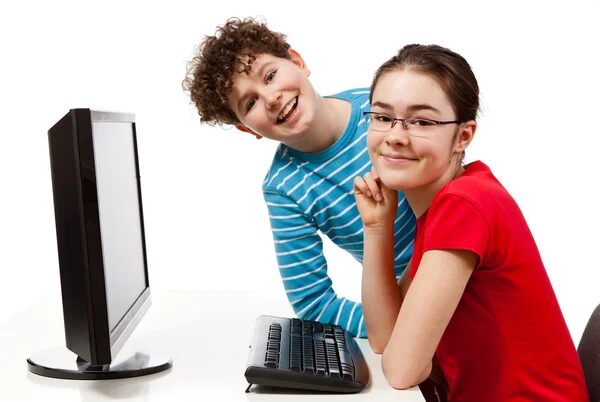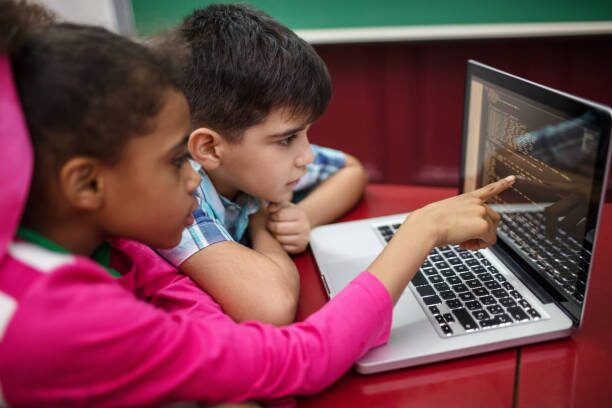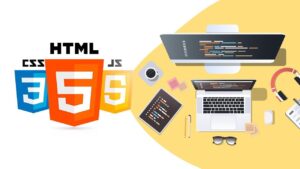In today’s tech-driven world, teaching children to learn to code from an early age is a valuable skill that can help them succeed in the future. Coding promotes problem-solving, logical thinking, and creativity—skills that are highly transferable in various fields. With the growing availability of kid-friendly programming courses and tools, it’s never been easier to introduce young learners to the exciting world of coding. This article will explore fun and engaging coding for kids resources that make learning programming enjoyable while laying a strong foundation for future success.

Why Teach Kids to Code?
Coding helps children understand how technology works and empowers them to create their own digital projects, from games to websites. Learning to code also enhances computational thinking, encourages perseverance, and fosters innovation.
Introducing kids to programming languages early on gives them a head start in a world where technology will play an increasingly significant role. Coding for kids doesn’t need to be complex or overwhelming—it’s all about making the learning process fun, interactive, and engaging. With the right coding tutorials and platforms, children can begin coding from scratch and quickly pick up fundamental programming skills.
Best Programming Languages for Kids
When starting with programming for beginners, it’s essential to choose the right programming language. The best programming languages for kids are simple, visual, and interactive, making it easy for them to grasp basic concepts without getting overwhelmed. Here are some of the top choices:
1. Scratch
Scratch is one of the most popular platforms for coding for kids. Developed by MIT, Scratch uses a block-based coding interface that allows children to create interactive stories, games, and animations without writing code. By dragging and dropping visual blocks, kids can experiment with coding concepts such as loops, conditionals, and variables, all while having fun.
Scratch is designed for children aged 8 to 16, though it can be used by younger learners with guidance. It’s an excellent starting point for kids before they transition to more text-based programming languages like Python or JavaScript.
2. Python Programming
Python programming is widely regarded as one of the easiest programming languages for beginners of all ages, making it an excellent choice for older kids and teens. Python’s clean and straightforward syntax allows children to learn programming concepts quickly. Python is also highly versatile and is used in various fields, including web development, data science, and artificial intelligence.
For children ready to transition from visual programming to text-based coding, Python is an ideal language that prepares them for more advanced programming in the future.
3. JavaScript Programming
As the language of the web, JavaScript programming is a fantastic option for kids interested in web development. Like Python, JavaScript has a relatively simple syntax, making it accessible to beginners. With JavaScript, kids can create dynamic and interactive web pages, learning key concepts like functions, events, and DOM manipulation.
JavaScript is often introduced through platforms like Code.org or in structured online coding programs designed for kids. It’s an excellent stepping stone to more advanced web development skills.
Engaging Coding Resources for Kids
There are plenty of interactive platforms and programming resources available that make coding fun for kids. Here are some of the best options to get young learners started.
1. Code.org
Code.org is a nonprofit organization that offers a range of coding tutorials and courses designed for kids of all ages. Their “Hour of Code” initiative introduces students to programming through short, engaging lessons, and their website includes full courses that teach the fundamentals of coding.
Whether a child is just starting out or ready for more complex projects, Code.org provides a wealth of materials to keep them motivated and excited about learning to code.
2. Tynker
Tynker is another fantastic platform for kids to learn to code through interactive lessons and games. Tynker offers both block-based and text-based coding environments, allowing children to transition from beginner-friendly visual coding to more advanced languages like Python and JavaScript as they progress.
Tynker also includes themed coding adventures, where kids can build games, apps, and even Minecraft mods. The platform is ideal for children ages 7 and up.
3. Kodable
Designed for children as young as 4, Kodable uses a game-based approach to teach coding concepts. The platform introduces basic ideas like sequence, loops, and conditionals through puzzles and activities that grow in complexity as the child advances.
Kodable also offers a web-based dashboard for parents and teachers to track their child’s progress, making it an excellent tool for early learners.
4. Minecraft: Education Edition
Minecraft, one of the most popular games among children, also offers a unique coding experience through its Education Edition. Using block-based coding or Python, kids can program various aspects of the Minecraft world, learning important programming concepts along the way.
Minecraft: Education Edition turns coding into a collaborative and creative activity, making it especially engaging for children who love gaming.
5. CodeCombat
For older kids and teens, CodeCombat turns coding into an epic adventure game. Players write code to control their characters, solve puzzles, and defeat enemies. CodeCombat teaches real-world programming languages like Python and JavaScript, providing an immersive and interactive way for children to learn coding.
Coding Bootcamps and Programming Certifications for Kids
As your child’s coding skills improve, they may want to explore more structured programs like coding bootcamps or earn programming certification. Some coding bootcamps are tailored specifically for kids and teens, providing intensive, project-based learning in a fun and supportive environment.
These bootcamps often culminate in building real-world applications, helping children develop the practical coding skills they’ll need in future careers. Earning certifications in programming languages like Python or JavaScript can also give young coders a head start in their academic and professional journeys.
Encouraging Your Child’s Coding Journey
As a parent, encouraging your child’s interest in coding doesn’t have to be daunting. Start by introducing them to platforms like Scratch or Code.org, and let them explore at their own pace. Provide plenty of praise and encouragement as they work through challenges, and make coding a regular activity to build consistency.
You can also supplement your child’s learning with books, YouTube channels, and other programming resources designed for young coders. The goal is to keep the learning process fun and engaging so that they stay motivated to continue improving their skills.

Teaching kids to code is not only a fun and engaging way to foster creativity, but it also equips them with valuable skills for the future. With the abundance of programming resources and coding tutorials available today, children can begin coding from scratch and gradually move to more complex programming languages like Python and JavaScript.
By introducing your child to coding through platforms like Scratch, Code.org, or Tynker, you’ll be setting them on a path of discovery, problem-solving, and innovation. Whether they’re learning for fun or preparing for a future career in tech, coding is a skill that will serve them well throughout their lives.



